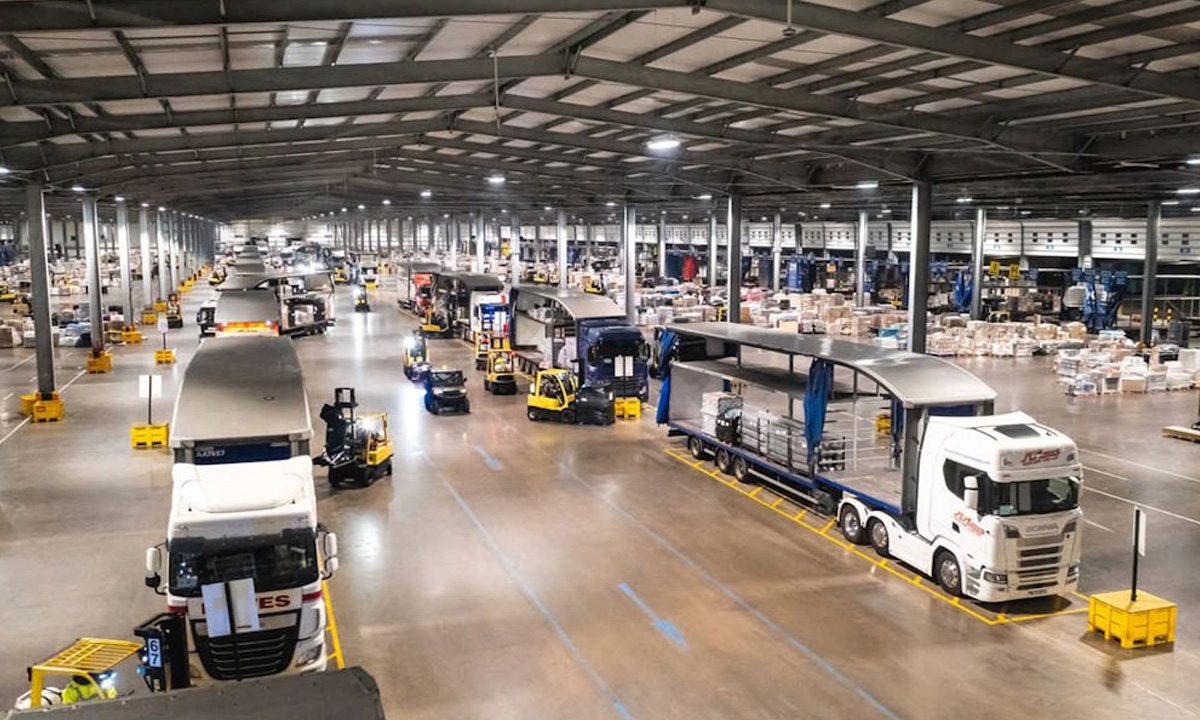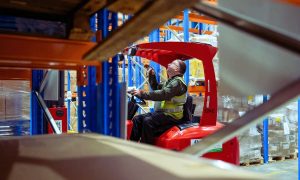By Jonathan Bennett-Tomlin, Head of Sales Operations & Marketing – Bow Distribution
The UK’s logistics landscape has shifted dramatically over the past few years – rising fuel costs, labour shortages, capacity issues, and ever-increasing customer expectations. And yet, one model continues to stick: the pallet network.
So why, despite the pressure and the changing needs of businesses, do so many still rely on pallet networks to move their freight?
Let’s break it down.
What Is a Pallet Network
In simple terms, a pallet network is a collaborative freight model where multiple local hauliers (often called “members” or “depots”) collect and deliver pallets in their regions, while a shared central hub handles the long-distance trunking between regions.
It’s a bit like carpooling for freight: local pick-up, central sorting, and nationwide reach.
At its best, this model offers:
- Nationwide delivery without needing a nationwide fleet
- Cost efficiency from consolidated loads
- Fast turnaround times, often next-day
The State of Pallet Networks in 2025
While pallet networks were built on efficiency and shared infrastructure, the model has been under real strain lately, as highlighted by recent findings from the Road Haulage Association:




So Why Do Businesses Still Choose Pallet Networks?
Despite the challenges, pallet networks continue to serve a critical role for many businesses. Why?
- Coverage without commitment – Access a UK-wide footprint without investing in your own national fleet.
- Cost-effective for smaller volumes – Pallet networks are often the most economical choice if you’re shipping a few pallets a day.
- Scalability – Send 5 pallets one day and 50 the next without needing to renegotiate a new contract.
- Track & trace systems – Most networks now offer robust tracking, though some are more advanced than others.
The Problem? Not All Networks Are Created Equal
This is where many businesses get caught out. One missed delivery. One crushed pallet. One damaged reputation.
At Bow, we’ve seen it all. That’s why we don’t just plug into any pallet network. We vet. We test. And we put service first – always.
We also offer non-network options for clients who need higher control, better care, or tighter SLAs. Because the pallet network model is a tool – not a one-size-fits-all solution.
FAQs: Pallet Networks Explained
Q: What is a pallet network?
A: A collaborative freight model where regional hauliers work together via central hubs to deliver nationwide coverage.
Q: Is a pallet network right for every business?
A: It can be. Pallet networks work well for a wide range of volumes and service needs – but it’s important to assess whether the specific network meets your delivery standards, handling requirements, and expectations for visibility and care.
Q: Can Bow offer alternatives to pallet networks?
A: Yes – we offer hybrid and direct models tailored to your volumes, delivery profile, and service expectations.
Is a Pallet Network Right for You?
Ideal for many businesses when:
- You ship palletised goods across the UK
- You need reliable coverage without managing your own national fleet
- You value speed, cost-efficiency, and smart infrastructure
May need a tailored approach when:
- You have highly specialised products or complex delivery requirements
- Visibility, handling, or timing is critical to your operation
- You’re scaling quickly and need a more flexible logistics model
👉 The key isn’t whether pallet networks work – it’s finding the right one, with the right support.
Final Word
Pallet networks have a place – but they’re not a silver bullet.
If you’re relying on one today, it’s worth asking:
- Are you getting the speed and care you were promised?
- Are issues being solved or excused?
- Do you even know who’s handling your freight after it leaves your site?
At Bow, we believe in doing things properly. That means transparency, real communication, and backing the right model for the job – whether that’s pallet network, dedicated fleet, or something in between.

About the Author: Jonathan Bennett-Tomlin is Head of Sales Operations & Marketing at Bow Distribution. He leads the commercial engine across sales, marketing, and customer experience – with a sharp focus on pricing transparency, operational efficiency, and strategic growth. Jonathan specialises in building scalable solutions that cut through complexity and deliver results that stick.





